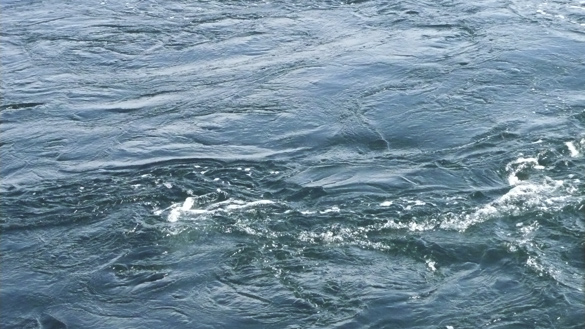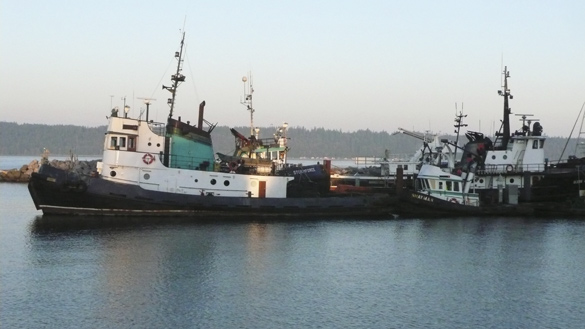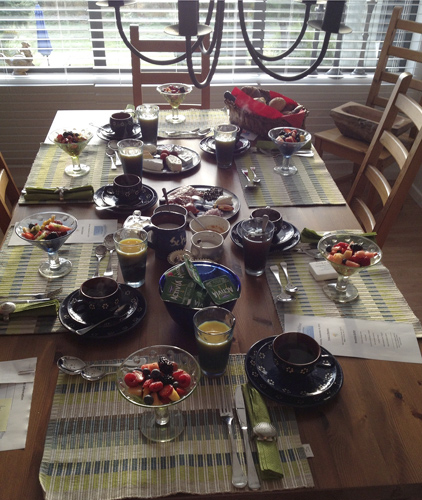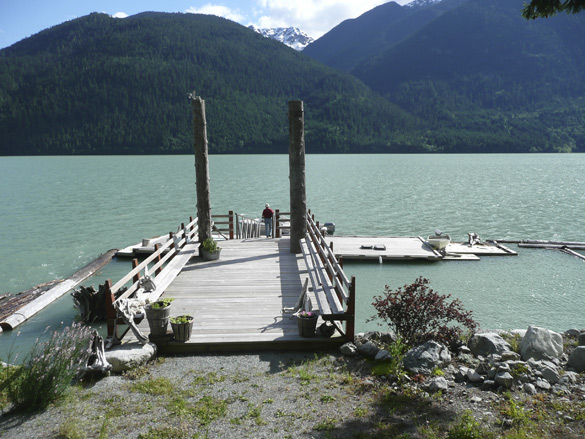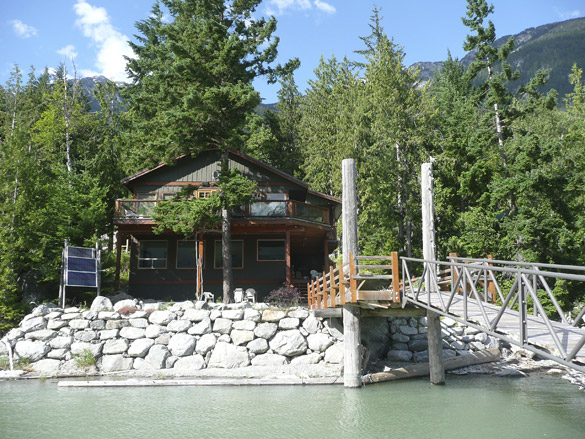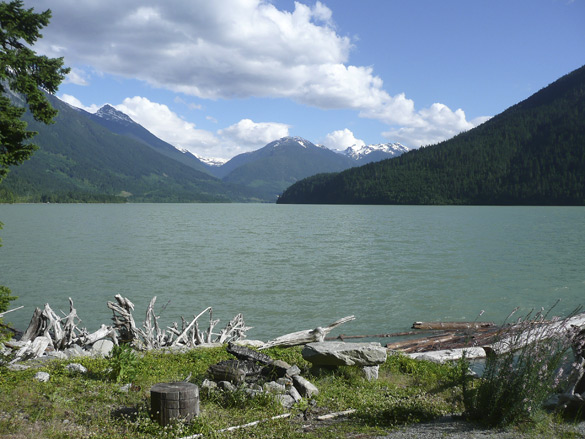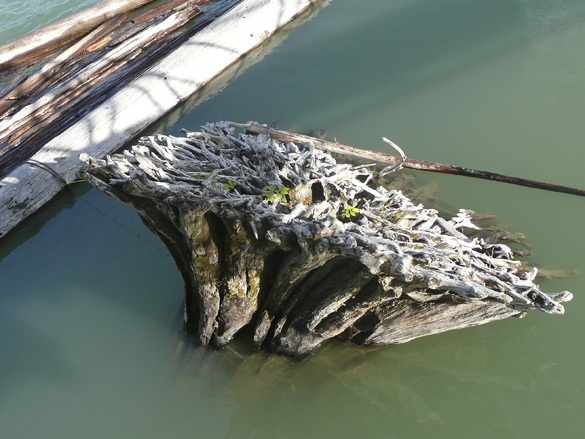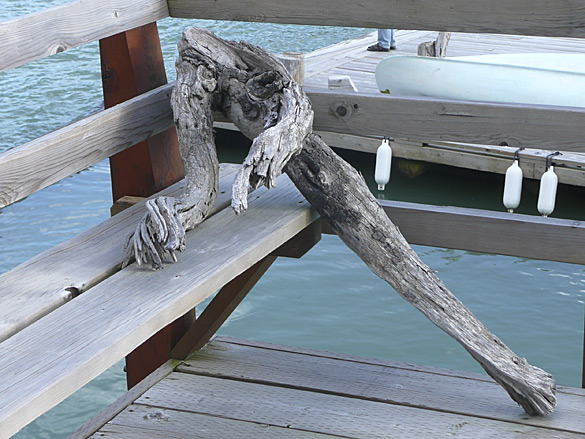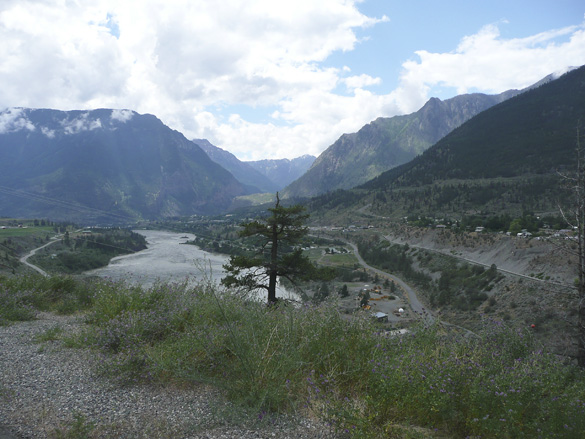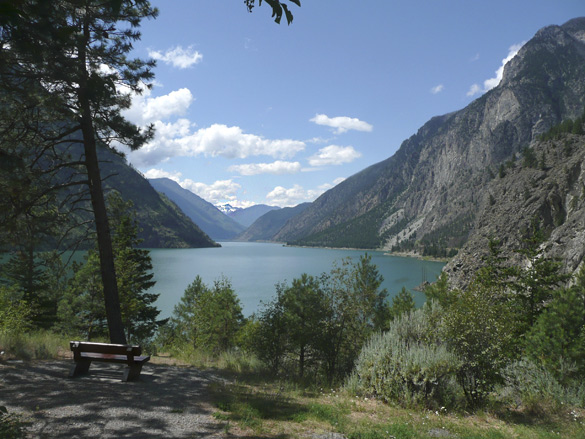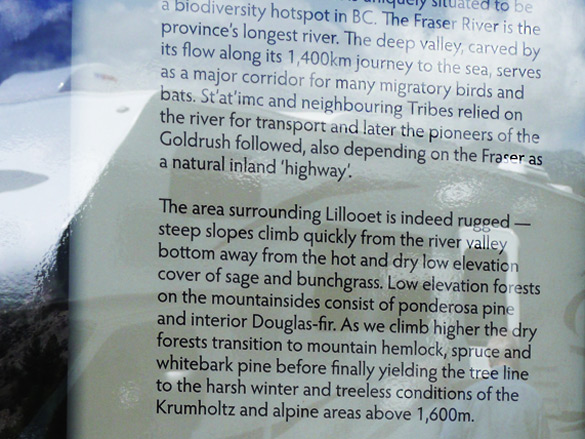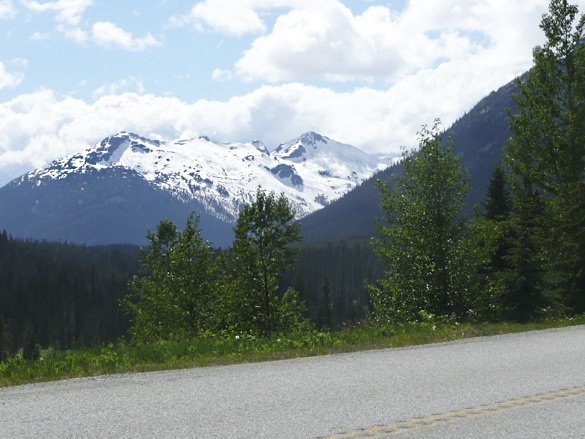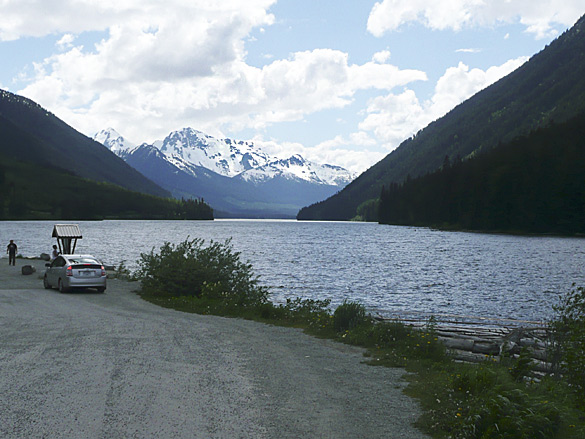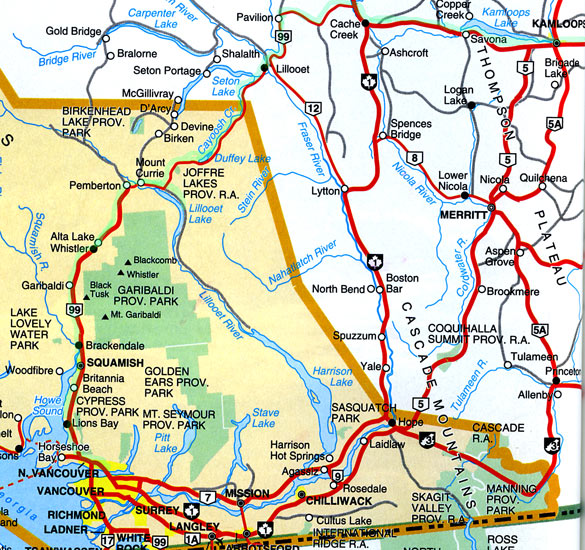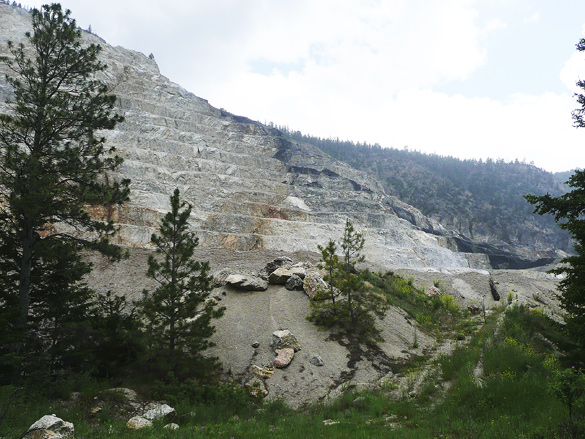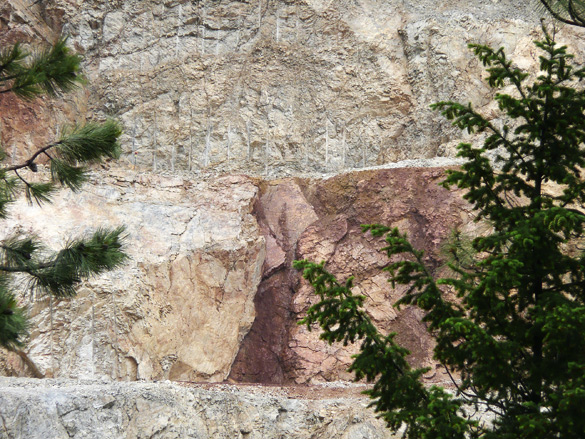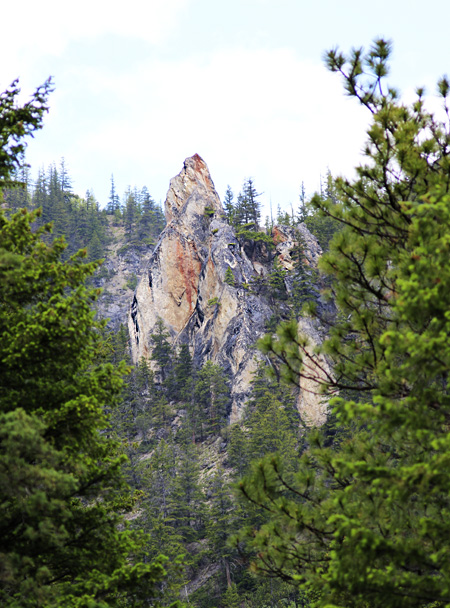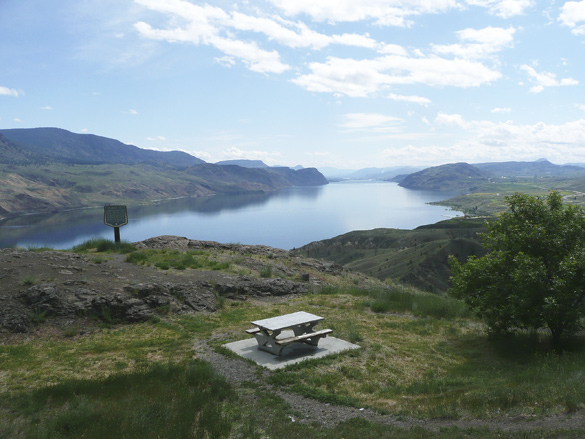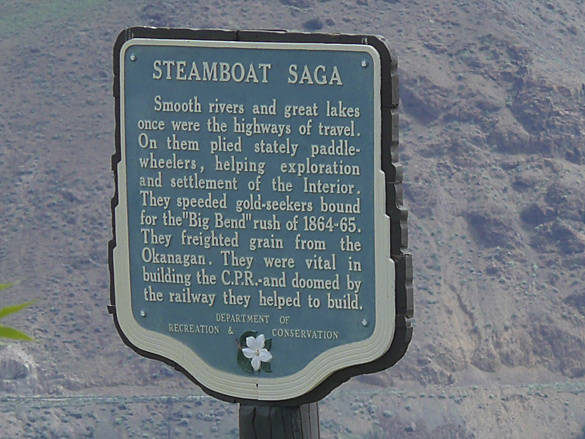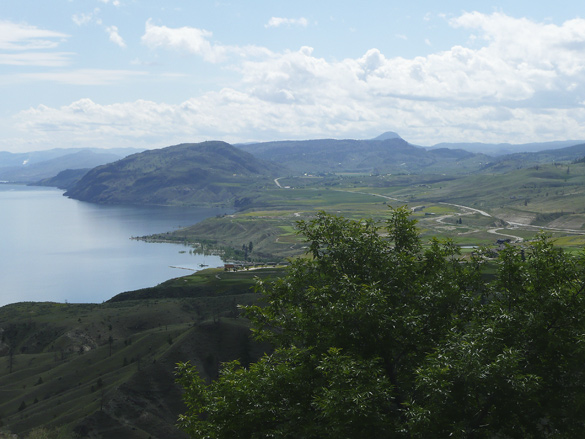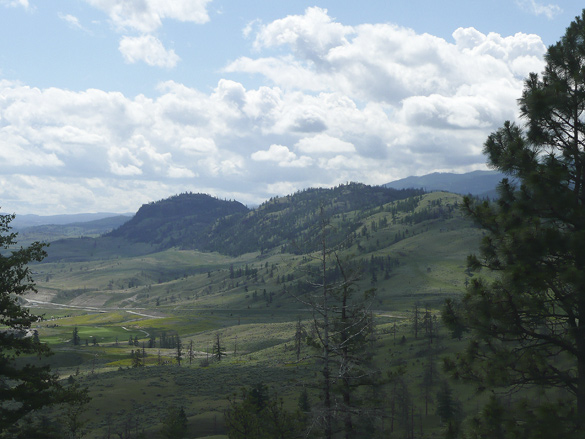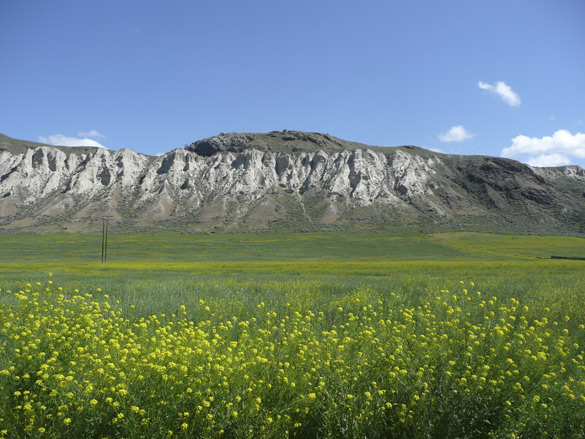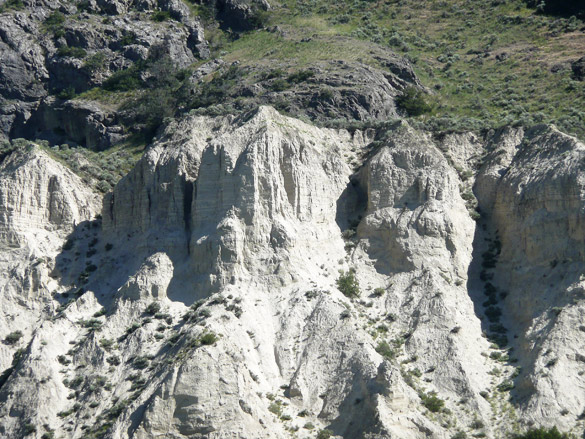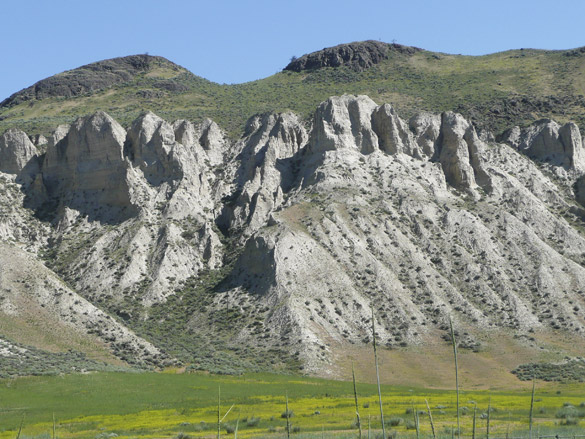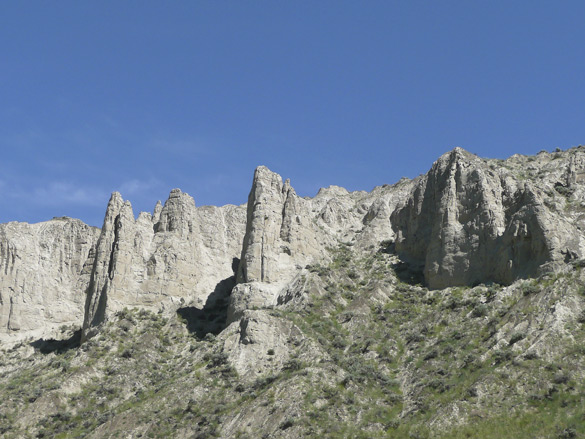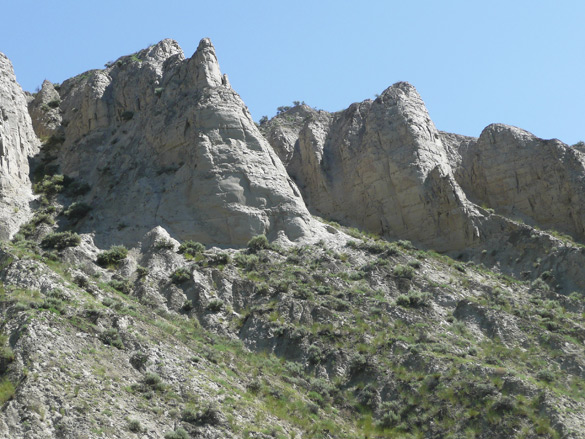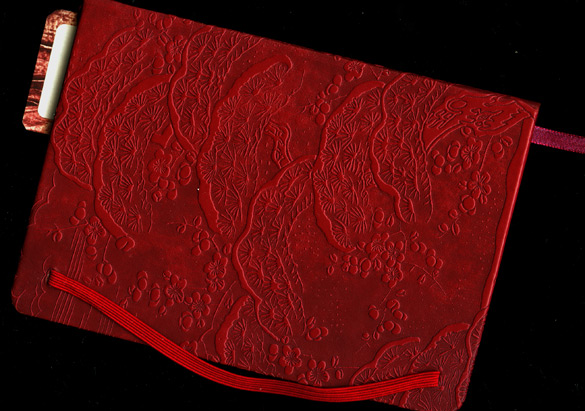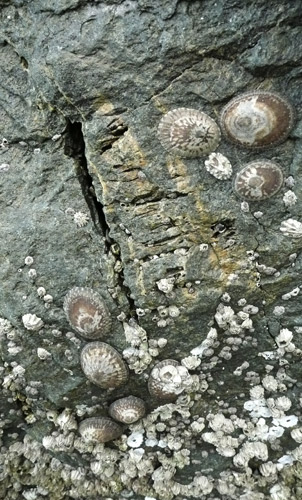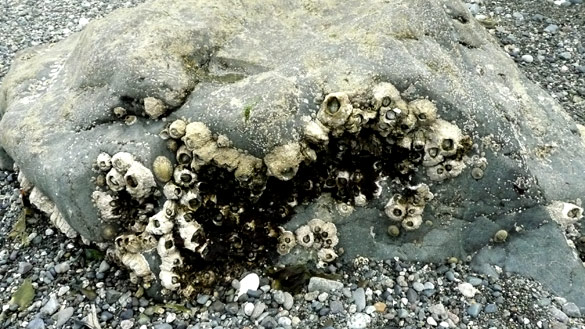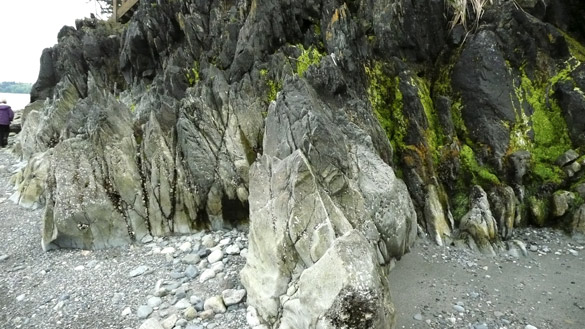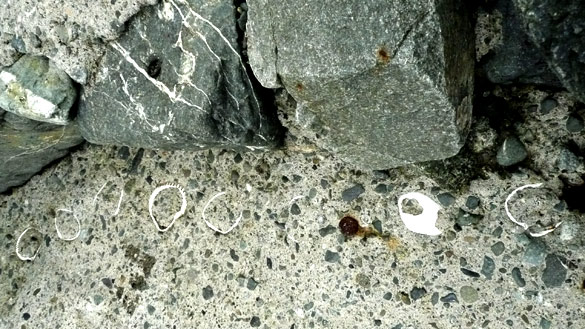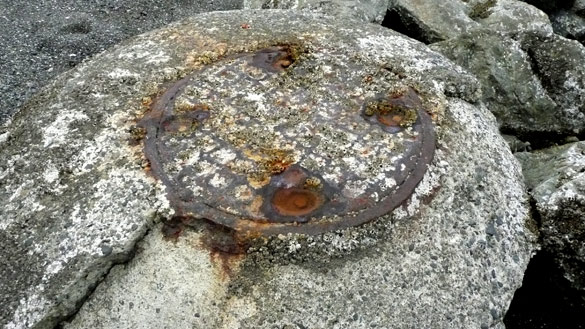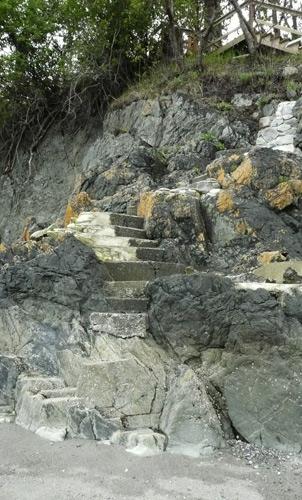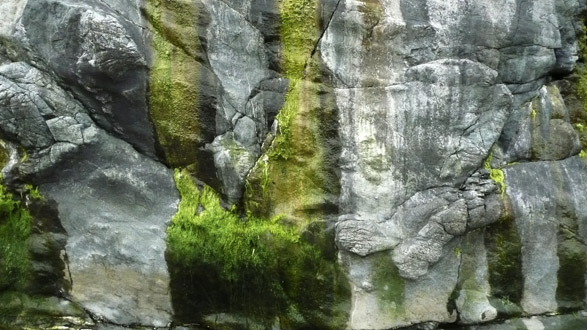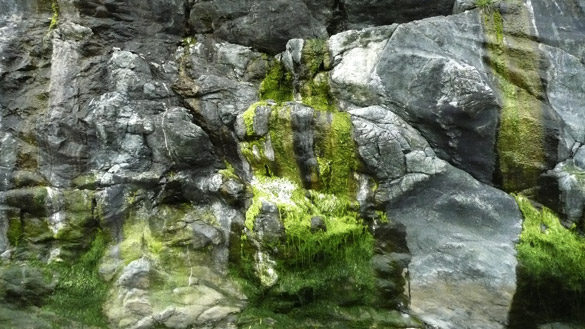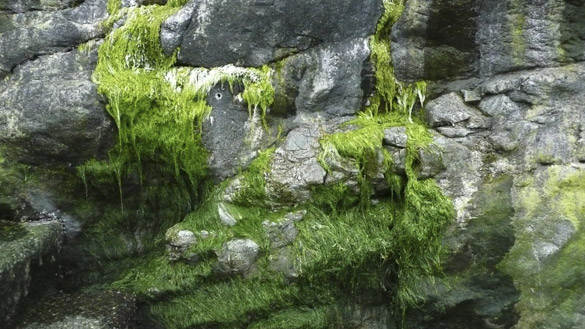island hopping ’13, day 2
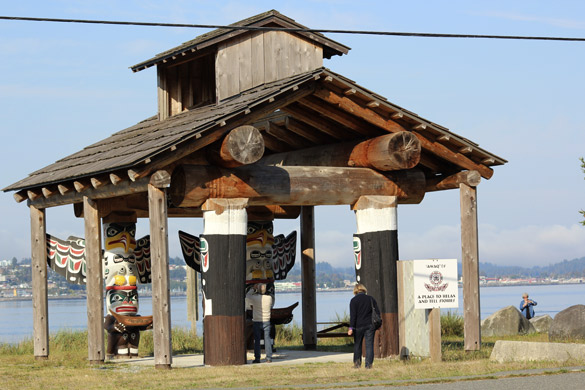
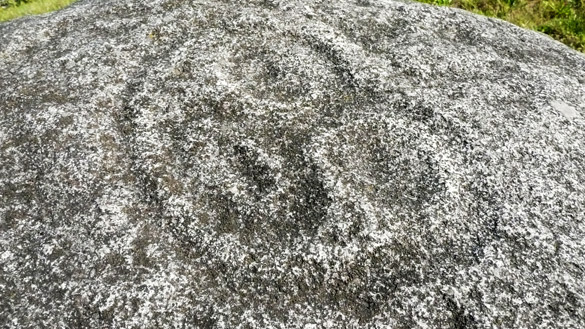
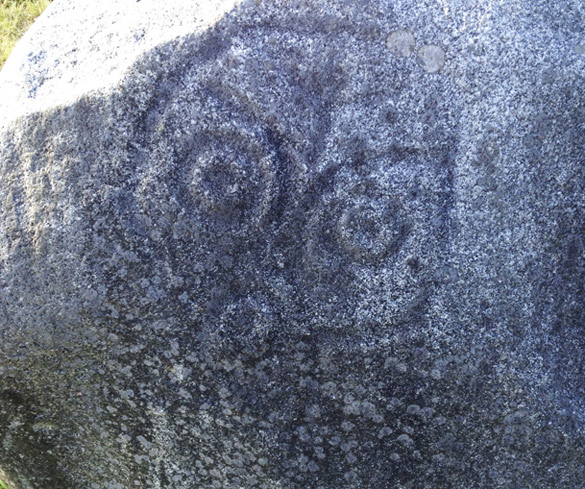
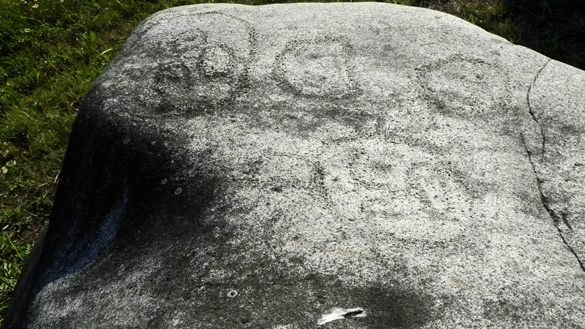
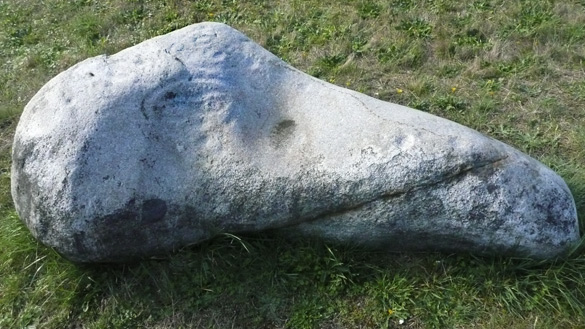
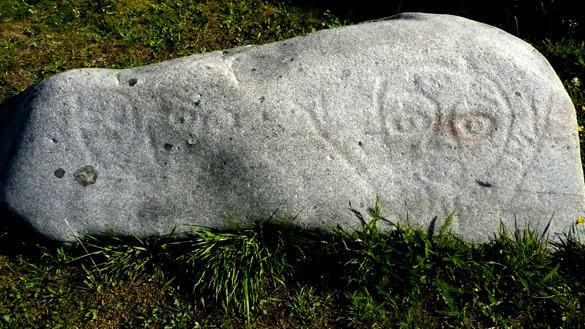
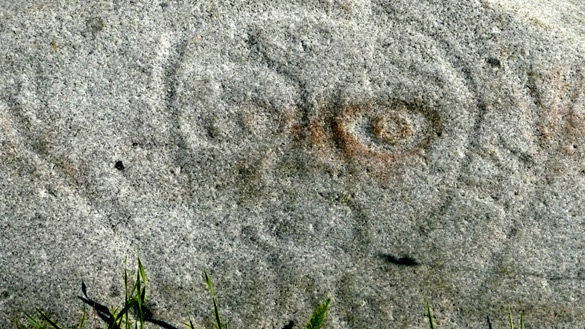
One reason we stayed at Campbell River the first night of our island hopping holiday was that we wanted to visit Quadra Island, a short ferry ride away. Some years ago when I was researching rock art around British Columbia, I had come across and written about Spirit in the Stone, a marvelous book by Joy Inglis, about the numerous First Nations petroglyphs on Quadra Island. It had been a longtime dream of mine to visit this island and its rock art, some about 3000 years old.
Our focus was to visit the museum and to see some of those stones that had been placed nearby. Photographing these were a challenge for the light was already too high and bright, so there was much processing needed, these ones being the best I could do. We did not have time to explore the whole island and visit other stones but hope to revisit again another time.
The top photo shows Ah-Wah-Qwa-Dzas, a gathering place on the shore in front of the museum. You can see Campbell River on the other side. We admired the displays inside the museum called the Nuyumbalees Cultural Centre – the numerous masks and other fine arts and crafts, a longboat, many photos of the old longhouses and much about the early history and impacts (many quite devastating such as several deadly smallpox epidemics) of white man’s arrival to these coastal communities. I think our German visitors found it all enlightening and sometimes quite shocking. No photos were allowed. Please do read the museum’s interesting website for more information.
